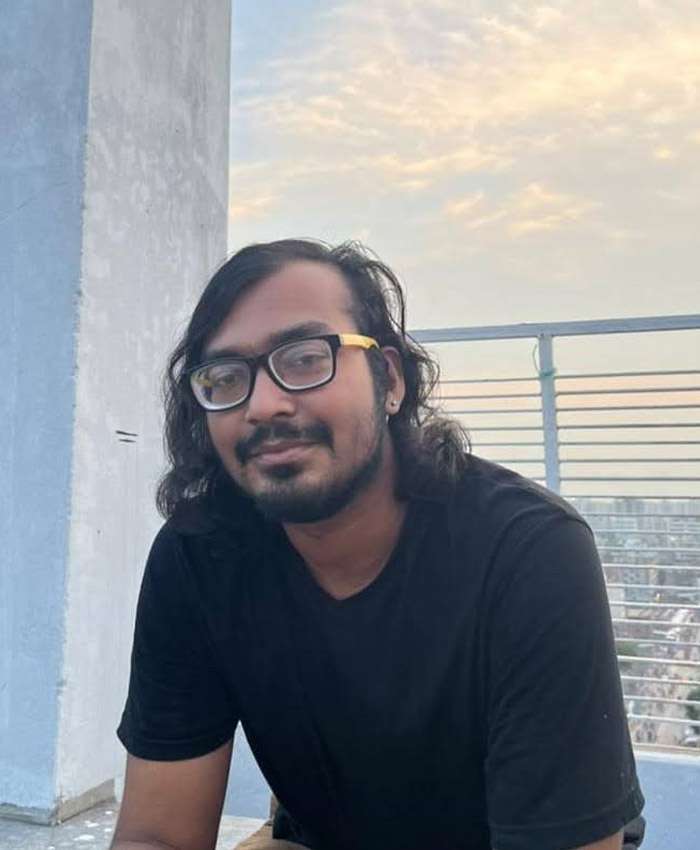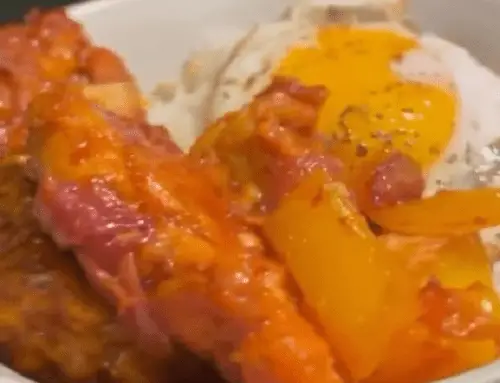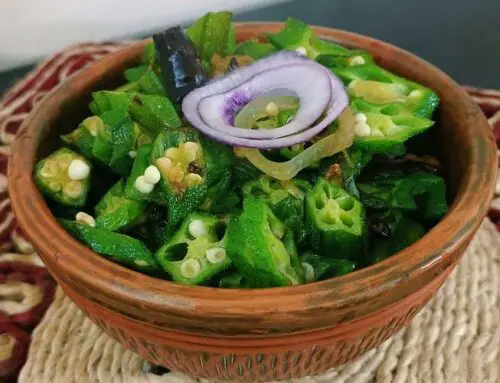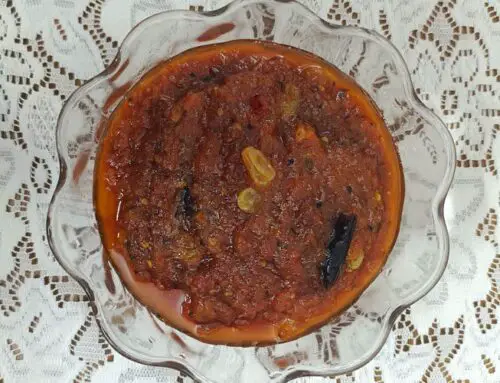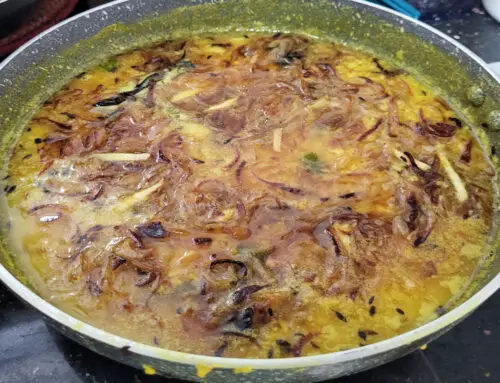Kolai er Daal Recipe
One thing about Kolai er Daal is that there are many different variants of recipes. Moni Dadis recipe differs from how my mother cooks Kolai er Daal. My mother avoids using onion with Kolai er Daal so the smell and flavor of the Daal stays intact. This is a Hindu-thing, and mostly Bangladeshi Hindu households follow this method of cooking, even in other dishes like khichuri, daal, niramish shobji etc.
Your Pappu Perfect is back inside the kitchen for this dish and he is as confused as ever. This is a Daal or lentil soup; so it is a good throwback to one of the first times I tried cooking, which was also a Daal. Moong daal was the first dish from Moni Dadi’s recipe book that I tried to cook. And today I am going to be making Kolai er Daal or Builir Daal.
I was pretty excited about cooking Kolai Daal or Urad Daal or black gram lentil soup. Since I know how to make Moong Daal, I thought the process would be pretty similar. But oh sweet summer child, you are wrong. The very first hurdle I faced was identifying the main ingredient, the Daal.
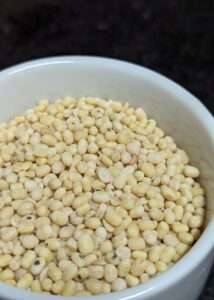 To the non-Bengali reader wondering how many kinds of Daal are there that I would be confused. Well, there are way too many Daals is all I know. Right in front of me there were four options: moong daal, masoor daal, kolai er daal, and boot er daal. Back when I cooked Moong Daal, I said something about there being a limited variety of daal or lentil soup and Sunita Apu challenged me that she could show me so many kinds of daal from just her pantry that I would be dumbfounded. So yes there are way too many daals and it can get confusing if you are not familiar with them.
To the non-Bengali reader wondering how many kinds of Daal are there that I would be confused. Well, there are way too many Daals is all I know. Right in front of me there were four options: moong daal, masoor daal, kolai er daal, and boot er daal. Back when I cooked Moong Daal, I said something about there being a limited variety of daal or lentil soup and Sunita Apu challenged me that she could show me so many kinds of daal from just her pantry that I would be dumbfounded. So yes there are way too many daals and it can get confusing if you are not familiar with them.
Okay, finding which daal I have to make was tough, but the rest of the process should be at least kind of similar to Moong Daal, right? Wrong again. To boil the Kolai Daal, you need to use a pressure cooker. Moong daal did not need any pressure cooker to boil, so this was my first experience with a pressure cooker. Pressure cookers are an ingenious invention, but man is it scary. Why am I getting jump scared while cooking, this is not what I signed up for. But it is what it is. I waited for the daal to boil and opened the pressure cooker after 5 whistles. 4 or 5 whistles is the recommended way to boil Kolai er Daal because you do not want to overcook the daal.
One thing about Kolai er Daal is that there are many different variants of recipes. Moni Dadis recipe differs from how my mother cooks Kolai Daal. My mother avoids using onion with Kolai Daal so the smell and flavor of the Daal stays intact. This is a Hindu-thing, and mostly Bangladeshi Hindu households follow this method of cooking, even in other dishes like khichuri, daal, niramish shobji etc.
While surfing the internet I found a few other recipes for Kolai er Daal as well. In one recipe, vegetables (Mula and Shim or Raddish and String beans) were added to the daal. Shobji Daal or vegetable lentil soup is commonly cooked in our house, but never with Kolai Daal. So I do not know how that particular dish would taste. I saw another recipe that fried the daals or black gram beans on medium heat. I am not sure why the daal was fried prior to boiling, if anyone knows the exact reason please leave a comment letting me know.
Another, significantly more interesting thing I found about Kolai er Daal is the name. The Hindi name is Urad Daal – which is cool and all. But in West bengal apparently the dish is more commonly known as Builir Daal – as per my understanding. This is the first time I am encountering the name Builir Daal, everyone in Bangladesh just calls it Kolai Daal. I would love it if anyone from West Bengal could confirm whether Builir Daal is the preferred name in your region or do you call it Kolai er daal as well?
Ingredients
- Kolai er Daal
- Green Chilli
- Onions
- Turmeric powder
- Garlic
- Ginger
- Dry chilli
- Cumin seeds
- Oil
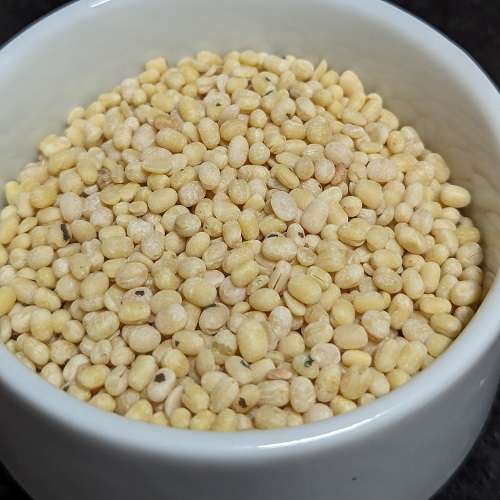
Instructions
- Boil the kolai er daal with green chilli, onion and turmeric.
- After it is boiled, fry garlic and ginger paste, whole dry chilli, thin slices of garlic, cumin seeds.
- Add the fried ingredients as high garnish in the daal.


